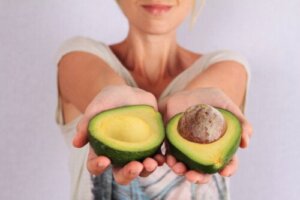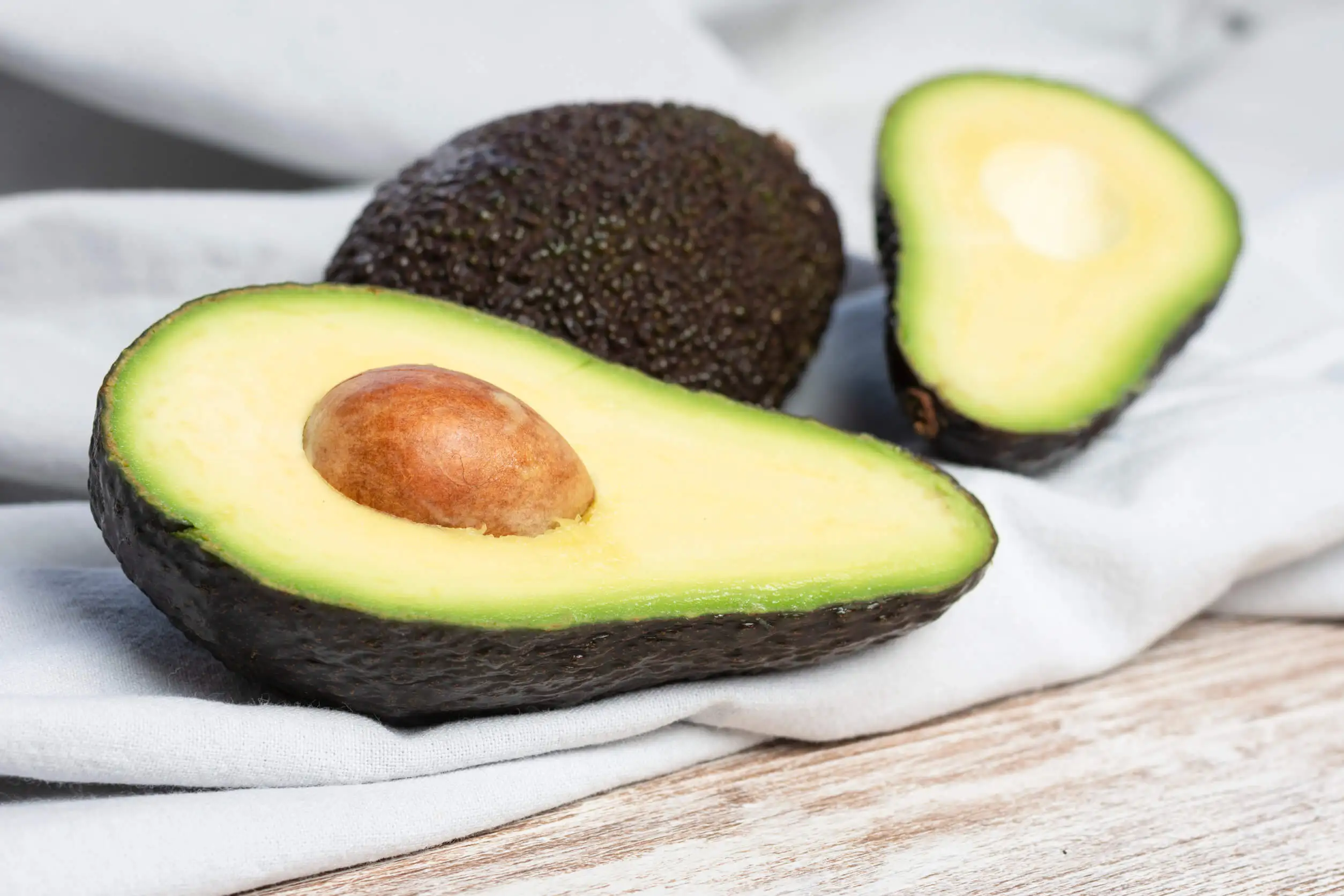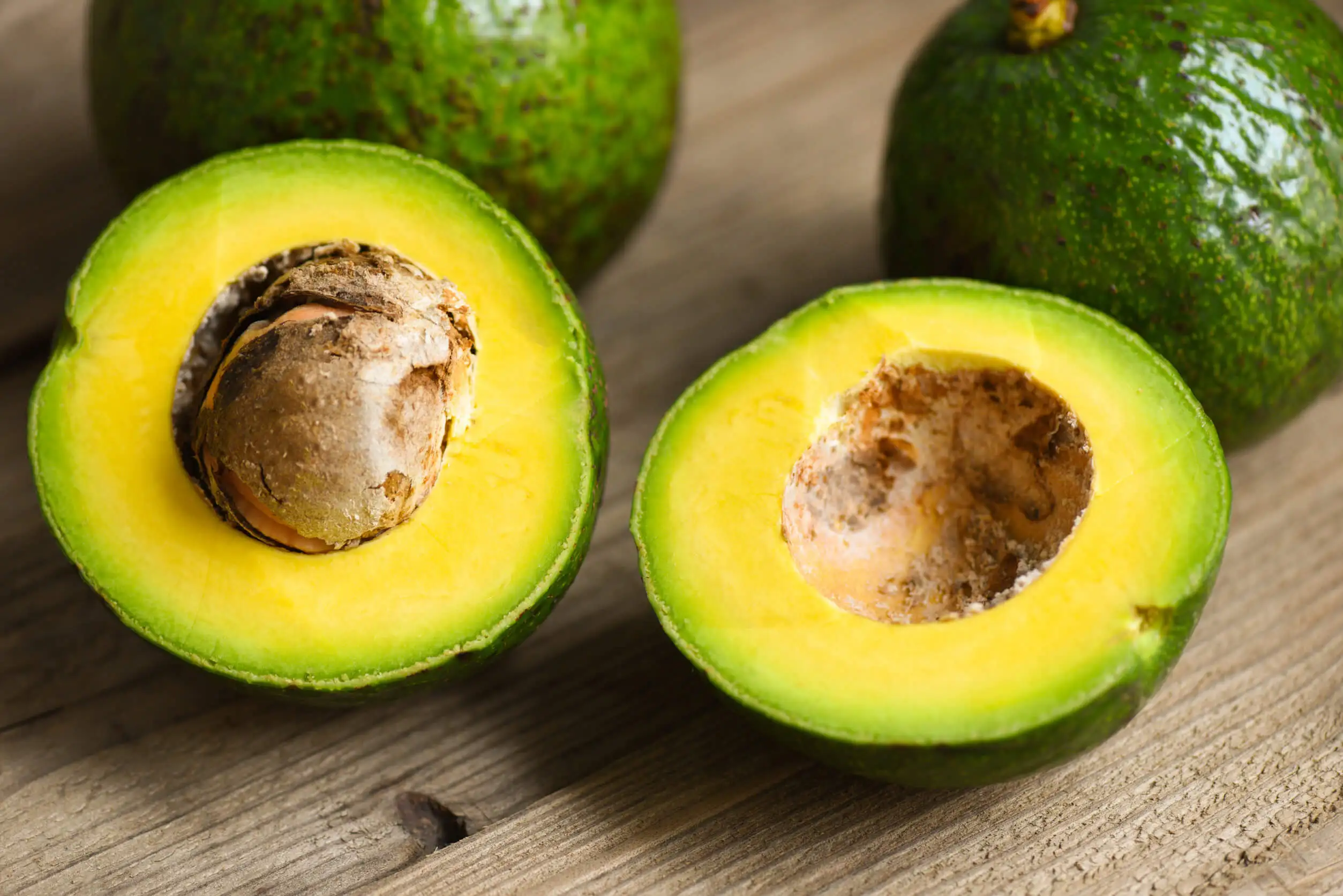7 Avocado Varieties and Their Characteristics

Avocados is one of the most popular foods in the world. It’s a very tasty fruit that’s native to Central and South America. In this article, we’ll tell you about the most famous avocado varieties and their characteristics.
The avocado is a tree belonging to the Lauraceae family. Etymologically, its name comes from the Nahuatl word ahuacatl, which means “testicle.”
It’s a tree that can reach between 8 and 10 meters that grows in warm climates. Its fruits are usually pear-shaped and vary in size according to their variety. Most of them have a large round seed inside.
Avocados can be used to make guacamole, sauces, fillings, salads and even desserts. In fact, while in countries such as Mexico and Colombia this fruit is consumed with salt, in Brazil, avocados are eaten with sugar or to make smoothies.
We think you may be interested in reading this, too: Why You Shouldn’t Eat Excessive Amounts of Avocado
Avocado varieties
In addition to the many preparations that can be made with the fruit, there are many types of avocados with many different characteristics. Botanists have classified more than 500 varieties of avocado according to a publication of the Spanish Ministry of Agriculture.
Most are pear-shaped. However, there are also round and elongated cucumber-shaped varieties. They also come in different sizes. While some are as long as a thumb, others weigh up to five pounds (two kilos!). Let’s take a look.
1. Hass avocado
This is probably the most popular avocado variety in the world. It has a rough skin that changes from dark green to black when ripe. It’s characterized by a mild flavor and a buttery texture that’s ideal for guacamole.
It’s usually medium or small in size, at around 10 centimeters. As for its cultivation, it’s a flexible tree that adapts well to different areas, even though it was developed in California. It has a long harvesting period and also a long post-harvest shelf life.

2. The date or cocktail avocado
This is one of the most unique avocado varieties available. To begin with, it has a size ranging from 4 to 7 centimeters in length and an elongated shape.
It has no pit or seed, and its skin is so thin that it’s possible to eat it. Because of its particularly small size, it’s a great ally in the kitchen, particularly for making appetizers. It’s not the most common variety at markets.
3. Bacon avocado
This type of avocado has smooth skin and is an autumn-winter variety in seasonal countries. It weighs between 150 and 300 grams.
It’s characterized by an intense green color on the outside and yellow on the inside. It’s very easy to peel and has a creamy texture.
It’s also known for having less fat than other avocados. It’s the most indicated variety of avocado for weight loss diets.
4. Pinkerton avocado
The Pinkerton avocado has the perfect shape of an elongated pear. Its skin is thick and dark green.
Its flesh is quite creamy, so it’s ideal for making sauces. It also has a small seed, so you can take advantage of quite a lot of fruit. It’s one of the richest varieties in fat and is harvested between November and February.
5. Lorena avocado
This is a very common type of avocado in Latin America (especially Colombia and Venezuela). Its fruit has a smooth surface and a thin, deep green skin, which makes it very easy to peel.
The flesh is light yellow in color, with a mild flavor and texture, and it’s not so creamy and quite light. Due to its characteristics, it’s one of the best varieties to use in salads and dishes that require whole pieces. It’s also known as a papelillo avocado.
6. Reed avocado
This is one of the most widely-grown and consumed avocado varieties in Spain. However, it originated in California.
Thsi variety is characterized because it has a rounder shape than the others. It is usually harvested in summer. It tends to be large compared to other avocados, as it can weigh up to 550 grams.
The flesh is buttery and has a strong and pleasant flavor. However, its skin is thick and not always easy to peel off, so it’s best to wait until it’s very ripe.
7. Strong avocado
This avocado is valued because its seed is of medium size and comes off easily. Its skin is smooth and it has small spots.
This type of avocado has an elongated pear shape and weighs between 200 and 450 grams. It’s one of the varieties with the lowest fat content, but with a high oleic acid content. In addition, it has a flavor similar to that of a walnut.

The benefits of eating avocados
The avocado has been classified as a “superfood” due to its extraordinary health benefits. Its most outstanding property is that it contains a significant amount of healthy fats that help maintain cardiovascular and brain health.
It also has anti-inflammatory properties, helps regulate blood sugar, promotes the absorption of nutrients, and provides vitamins and minerals, such as potassium, calcium, folic acid and vitamins B5, B6 and E.
Research from Harvard University, which reviewed data from 110,000 participants, found that people who eat two or more servings of avocado each week can reduce their risk of cardiovascular disease. In fact, the figures speak of a 16% lower risk.
Avocados can be used to replace your consumption of unhealthy dips such as cheeses or sauces that contain unhealthy saturated fats.
Like this article? You may also like to read: 7 Reasons To Never Throw Away An Avocado Seed
Prepare it different ways!
Now that you know the different varieties of avocados and their characteristics, it’s time to get to work on making dishes with them! Even though guacamole is the most famous dish, it’s not the only preparation with this delicious fruit.
Dare to innovate and use it in pancakes, ice cream, cream, hamburgers, sauces, and fillings to take advantage of all its nutritional properties!
All cited sources were thoroughly reviewed by our team to ensure their quality, reliability, currency, and validity. The bibliography of this article was considered reliable and of academic or scientific accuracy.
- Aguacate. (s/f). Rae.es. Recuperado el 17 de abril de 2022, de https://dle.rae.es/aguacate
- Arteaga, F., & Odriozola, J. M. (s/f). Variedades comerciales de aguacate. Gob.es. Recuperado el 21 de abril de 2022, de https://www.mapa.gob.es/ministerio/pags/biblioteca/hojas/hd_1969_02.pdf
- Operativo, G. (s/f). Manual de manejo práctico del Cultivo del Aguacate. Icia.es. Recuperado el 21 de abril de 2022, de https://www.icia.es/icia/download/publicaciones/ManualPracticoAguacate.pdf
- Roeder, A. (2022, abril 6). An avocado a week may lower heart disease risk. Harvard Gazette. https://news.harvard.edu/gazette/story/2022/04/an-avocado-a-week-may-lower-heart-disease-risk/
This text is provided for informational purposes only and does not replace consultation with a professional. If in doubt, consult your specialist.








